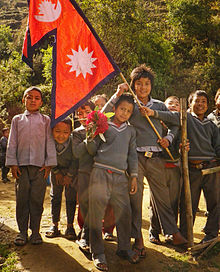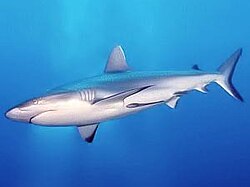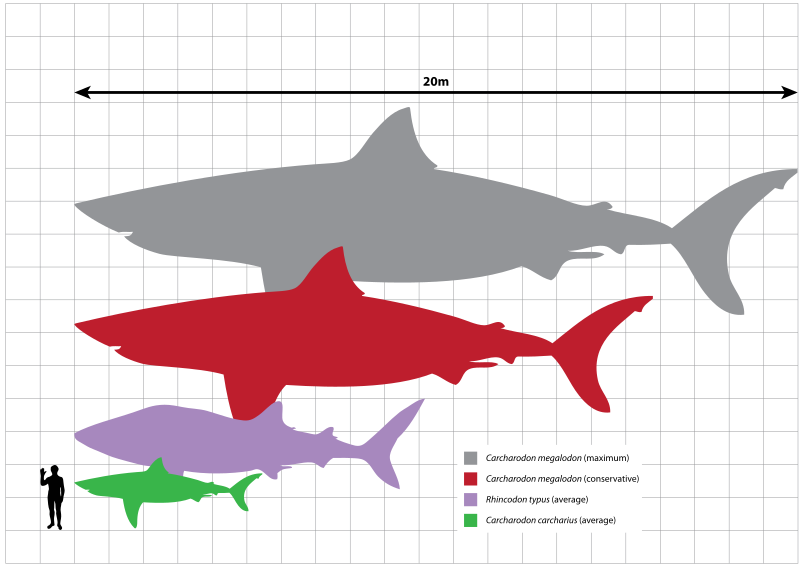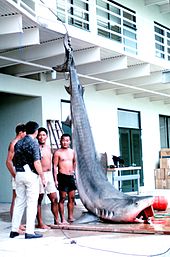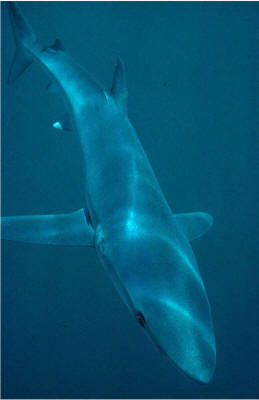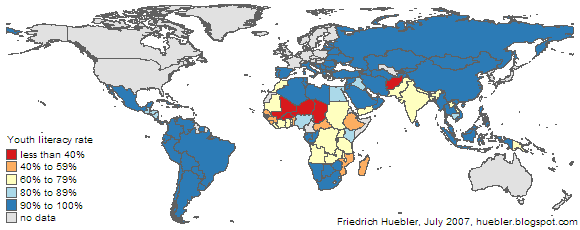Education plays a significant role to release a child from poverty. An educated child is equipped with tools to fight poverty and bring development. A school is a place where many children go to for their development in skills and know people.Often those children who cannot finish high schools are lured into drugs and gang.
 Educating girls is one of the strongest ways not only to improve gender equality, but to promote economic growth and the health. Across the globe, nearly 61 million children are deprived access to a basic education.A 2008 estimate states that 60 percent of these children are girls .From a regional perspective, there exists particular worry about Sub-Saharan Africa, the Middle East and Southeast Asia . In Afghanistan, Burkina Faso, Chad, Mali, Niger and Yemen, girls typically go to school for less than a year. In Sub-Saharan Africa, four out of five women do not receive any form of education . At roughly 50 percent, Pakistan has one of the lowest literacy rates in the world, coupled with a gross disparity when broken down by gender. For females, it’s about 35% as compared to approximately 62 percent for males. If a girl lives in a rural area, she is three times less likely to complete primary school than is a boy in the same area. Likewise, in rural areas, the female literacy rate is 25 percent and only one in five girls is enrolled in school. studies have shown that efforts to address the abysmal gender disparity have rippling effects that stretch far beyond the classroom. Research has demonstrated that such investments can strengthen families and lift them out of poverty, save the lives of young children, improve the health of populations, reduce unemployment, help combat epidemics, dramatically increase a country’s agricultural productivity and overall Gross Domestic Product (GDP), reduce the instances of female genital mutilation, and contribute to an increase of women in parliaments—thereby making a developing society a more developed one.
Educating girls is one of the strongest ways not only to improve gender equality, but to promote economic growth and the health. Across the globe, nearly 61 million children are deprived access to a basic education.A 2008 estimate states that 60 percent of these children are girls .From a regional perspective, there exists particular worry about Sub-Saharan Africa, the Middle East and Southeast Asia . In Afghanistan, Burkina Faso, Chad, Mali, Niger and Yemen, girls typically go to school for less than a year. In Sub-Saharan Africa, four out of five women do not receive any form of education . At roughly 50 percent, Pakistan has one of the lowest literacy rates in the world, coupled with a gross disparity when broken down by gender. For females, it’s about 35% as compared to approximately 62 percent for males. If a girl lives in a rural area, she is three times less likely to complete primary school than is a boy in the same area. Likewise, in rural areas, the female literacy rate is 25 percent and only one in five girls is enrolled in school. studies have shown that efforts to address the abysmal gender disparity have rippling effects that stretch far beyond the classroom. Research has demonstrated that such investments can strengthen families and lift them out of poverty, save the lives of young children, improve the health of populations, reduce unemployment, help combat epidemics, dramatically increase a country’s agricultural productivity and overall Gross Domestic Product (GDP), reduce the instances of female genital mutilation, and contribute to an increase of women in parliaments—thereby making a developing society a more developed one.
Some to be known facts about education :


On the International Day of the Girl, progress were made in girls’ education, remaining challenges, and evidence on what works to help ensure gender equality in education. As of 2012, 31 million primary-school pupils worldwide dropped out of school. An additional 32 million repeated a grade.While girls are less likely to begin school, boys are more likely to repeat grades or drop out altogether.children from the wealthiest 20 percent of the population are four times more likely to be in school than the poorest 20 percent.In developing, low-income countries, every additional year of education can increase a person’s future income by an average of 10 percent.53 percent of the world’s out-of-school children are girls and two-thirds of the illiterate people in the world are women.Education empowers women to make healthy decisions about their lives. For example, women in Mali with a secondary level education or higher have an average of 3 children, while those with no education have an average of 7.
Childhood in 'Third World' countries has many facets and for the majority of
children differs from that in industrialized countries.
There is the minority of children mainly from the upper social classes, who
grow up like little princes and princesses, surrounded by servants from the
poorer segments of society. These servants are often commanded around, they
a re, as a sociologist from El Salvador termed it, cheaper than washing
machines and accordingly treated with less care. These children often grow up
in a world full of luxury, nourished by the sharp social differences within
'Third World' countries, and in a world of imported technology which is
supposed to help them to a profession later on in their lives. Another minority
of children of the upper and middle classes start kindergarten at the age of 3 or
4 in order to get prepared for a better start at school. They are supposed to get
used to school discipline and to acquire knowledge relevant for school at the
earliest age possible, as is the case in the Cameroons.
For most children in the South childhood is a period of quickly growing into
little adults. At the age of 4, girls start to assume household tasks, take care of
their little brothers and sisters, to replace their mother in the house when she
is engaged in agricultural work or help her with field work, livestock and
handicraft work.
What today is known as child labour or child exploitation can be regarded as a perversion of what formerly allowed children to participate in the world of adults according to their abilities. The everincreasing extreme forms of child labor and exploitation are linked to the spreading of poverty within the division of labor on a world wide scale. Monotonous carpet weaving or child prostitution are examples of how the industrialized world exploits the conditions of poverty for its own benefit.


- Voice of the girls denied from education
"I am the first child of my parents. I have a small brother at home. If the first child were a son, my parents might be happy and would be confident as their future is assured by having a son. But I am a daughter. I complete all the household tasks, go to school, again do the household activities in the evening, and at night only I do my school homework and I study. Despite all the activities, my parents do not give value or recognition to me. They only have praise for my brother, as he is the son.15 year old girl from Nepal)
"I have this privilege to go university. I fight so that all my sisters are able to go to school, not only in Mali, but throughout the world. We know that we girls are the ones to end poverty."








